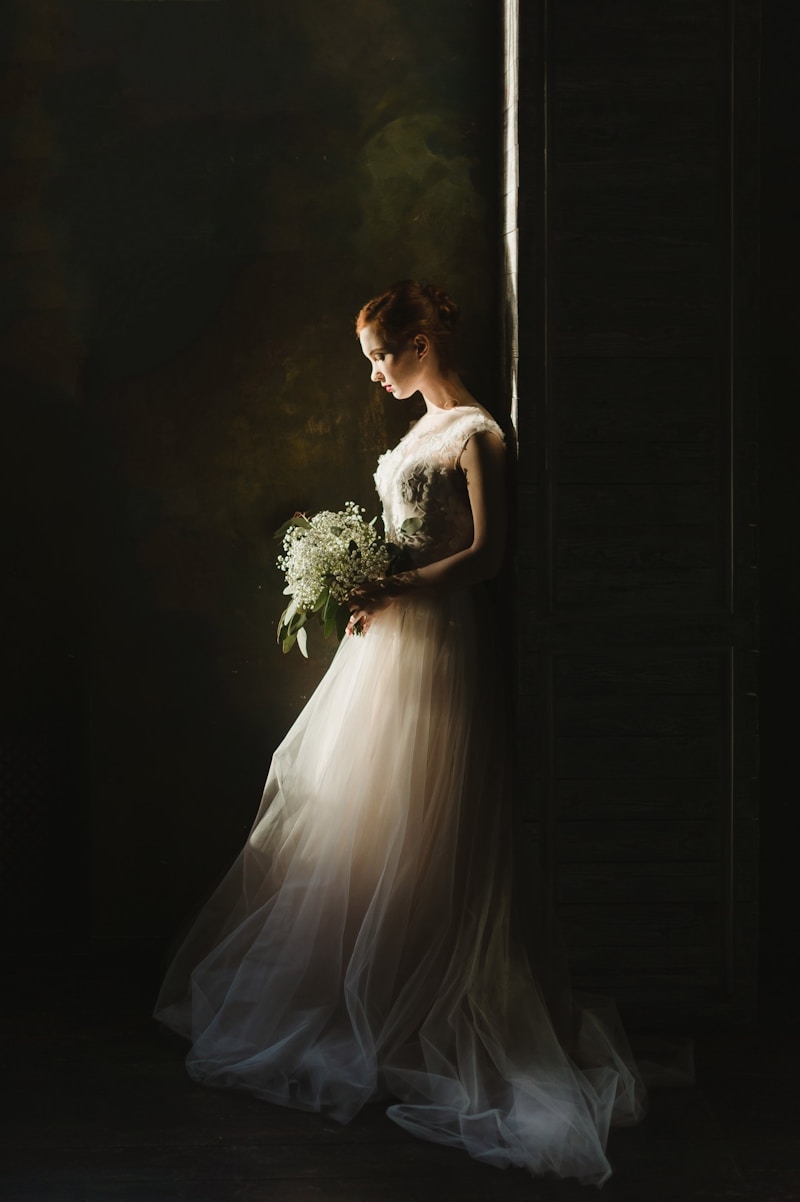Understanding Fabric Choices for Veils: A Comprehensive Guide
Introduction to Veil Fabrics
When it comes to selecting the perfect fabric for your veil, the options can be overwhelming. With various styles, textures, and colors available, it’s essential to understand which fabric choices best serve your aesthetic and practical needs. In this article, we’ll delve into the different types of fabrics used for veils, their unique qualities, and tips for choosing the ideal material for your special day.
Popular Fabric Options for Veils
Veils come in a range of fabric choices, each with its own characteristics. Knowing the qualities of these fabrics can help you make informed decisions. Below is a table summarizing the most popular fabric types for veils:
| Fabric | Description | Best For |
| Chantilly Lace | Delicate lace with beautiful floral patterns, often used for elegant and vintage looks. | Formal weddings, lace-themed events. |
| Tulle | A lightweight, sheer fabric that adds volume and is available in various colors. | Whimsical and romantic styles. |
| Organza | Stiff, transparent fabric that lends structure and support to the veil. | Structurally defined designs. |
| Silk | Luxurious and soft, providing an elegant drape and sheen. | Formal and high-end weddings. |
| Netting | Durable and less formal, typically used for birdcage veils. | Casual or vintage-inspired styles. |
Factors to Consider When Choosing Veil Fabrics
When selecting fabrics for your veil, several factors should guide your decision:
1. Wedding Theme and Dress Style
The theme and style of your wedding dress significantly influence your choice of veil fabric. For a romantic, Vintage wedding gown, you might want to opt for Chantilly lace. On the other hand, if your dress is sleek and modern, a silk or satin veil may complement the look better. Always consider how the fabric drapes and aligns with your overall theme.
2. Seasonality
The season in which your wedding takes place can also affect your fabric choice. For summer weddings, lightweight materials like tulle and chiffon are ideal. In contrast, if you're planning a fall or winter wedding, heavier fabrics like silk or even embellished lace can provide warmth and an elegant feel.
3. Length and Style of the Veil
Different lengths of veils may require different fabric choices. A long cathedral veil made from organza or silk can create a stunning bridal look, while a shorter birdcage veil made from netting or lace adds a playful touch. Your chosen style will guide you toward the appropriate fabric.
Combining Fabrics for a Unique Look
Sometimes, mixing different fabrics can create a visually interesting and unique veil. For instance, a tulle base can be adorned with lace appliques or an organza overlay. Consider the following ideas when combining fabrics:
- Tulle and Lace: The softness of tulle combined with the intricacy of lace can create a romantic and ethereal appearance.
- Organza and Silk: Layering organza over silk can add depth and dimension to your veil.
- Netting with Floral Embellishments: Use netting as a base and add fabric flowers for a vintage or bohemian vibe.
Care and Maintenance of Veil Fabrics
Once you’ve chosen the perfect fabric for your veil, proper care is crucial to maintaining its beauty. Each fabric type has its maintenance requirements:
Tulle and Organza:
Both tulle and organza can be easily cleaned using a hand-wash technique with gentle soap. Avoid wringing out the fabric; instead, let it dry flat to prevent any misshaping.
Lace:
Lace embellishments should be treated delicately. Use a mild detergent for hand washing and air dry on a flat surface to prevent snagging.
Silk:
Silk requires extra care. It's advisable to have silk veils professionally cleaned to maintain their luster and prevent damage.
Conclusion: Choosing the Right Fabric for Your Veil
In summary, fabric choices for veils play a crucial role in complementing your wedding attire and overall aesthetic. By considering factors such as the wedding theme, seasonality, and veil style, you can make informed decisions that reflect your personal style and elegance. Mixing fabrics can offer unique, personalized touches to your veil, while proper care ensures that it remains beautiful for years to come.
As you explore fabric choices for veils, remember to visualize how each fabric will interact with your dress and the overall theme of your wedding. Take your time, and consider trying on different veils with your dress to see what works best.

With careful consideration, you can select a veil that not only enhances your beauty on your special day but also becomes a cherished keepsake for years to come.